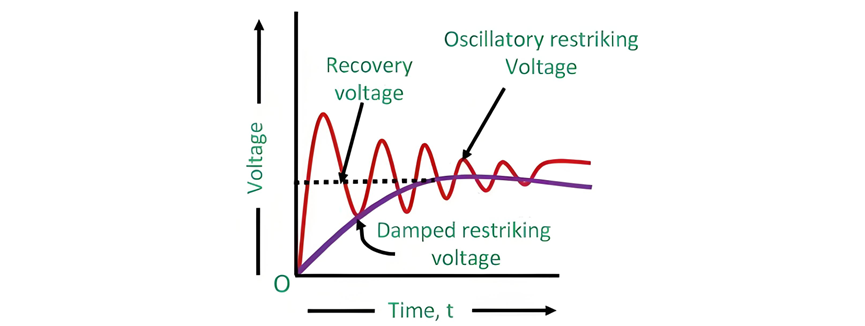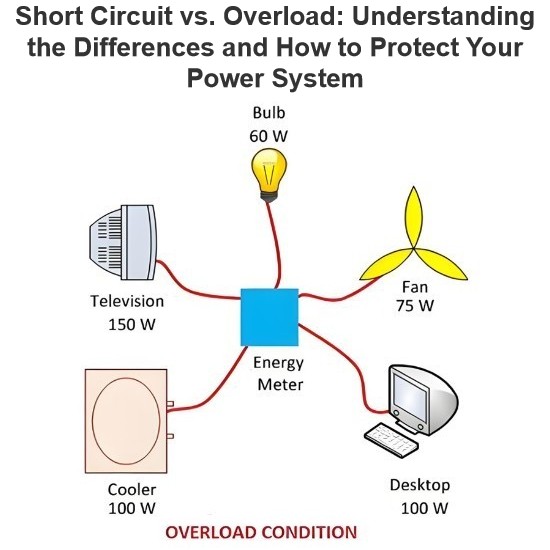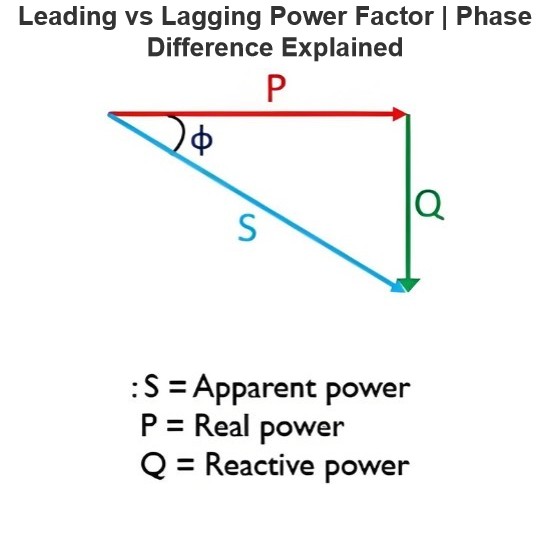When a fault occurs, the circuit breaker contacts open, initiating an arc between them. As the arc is shunted by resistance R, a fraction of the arc current diverts through the resistor, reducing the arc current and accelerating the deionization rate of the arc channel.
This triggers a self-reinforcing cycle: as arc resistance increases, more current flows through shunt resistor R, further starving the arc of energy. This process continues until the current drops below the critical threshold for arc sustenance (as depicted in the figure below), at which point the arc extinguishes and the circuit breaker successfully interrupts the circuit.
The mechanism hinges on the shunt resistor dynamically regulating current distribution, forcing the arc into a vicious cycle of "current decay → accelerated deionization → rising arc resistance." This enables rapid recovery of dielectric strength in the arc channel—often before the current zero-crossing—making it particularly effective for suppressing high-frequency re-ignition overvoltages. Such functionality is critical in EHV circuit breakers during capacitive current interruption or small inductive current breaking.

Alternatively, the resistance can be automatically engaged by transferring the arc from the main contacts to the probe contacts— as seen in axial blast circuit breakers—with this action occurring in an extremely short time. By substituting the arc path with a metallic pathway, the current flowing through the resistance is limited, allowing for easy interruption.
The shunt resistor also plays a critical role in dampening the oscillatory growth of restriking voltage transients. Mathematically, it can be proven that the natural frequency (fn) of oscillations in the circuit shown is governed by: introducing a resistive element enhances the circuit's damping characteristics, reducing oscillation amplitude and retarding voltage rise rates. This is analogous to incorporating a dissipative branch into an LC oscillatory loop, transforming undamped oscillations into decaying ones and significantly improving breaker interruption stability.
In axial blast configurations, the rapid arc transfer ensures the resistor engages before current zero, providing damping control at the onset of the transient process. This design is particularly suited for EHV applications requiring switching overvoltage limitation, as the synergistic effect of resistance and arc enables ordered dissipation of electromagnetic energy during interruption.

Summary of Resistance Switching Functions
In summary, a resistor across circuit breaker contacts can perform one or more of the following functions:
Reduces RRRV (Rate of Rise of Restriking Voltage) on the Circuit Breaker
By diverting arc current and accelerating arc channel deionization, the resistor suppresses the rate of transient recovery voltage (TRV) rise, easing the dielectric strength recovery burden on the breaker interrupter.
Mitigates High-Frequency Restriking Voltage Transients during Inductive/Capacitive Load Switching
When interrupting inductive currents (e.g., unloaded transformers) or capacitive currents (e.g., charging cables), the shunt resistor limits oscillatory overvoltage amplitudes through energy dissipation, preventing insulation breakdown risks.
Equalizes TRV Distribution in Multi-Break Circuit Breakers
In breakers with multiple interrupting gaps, the resistor ensures uniform TRV distribution across contact gaps via voltage division, avoiding re-ignition due to voltage concentration in any single gap.
Scenarios Where Resistance Switching Is Unnecessary
Conventional circuit breakers with low post-arc resistance in the contact space (e.g., medium/low-voltage air breakers) require no additional shunt resistors. Their arc channels naturally deionize rapidly enough to meet interrupting requirements without external resistance.
Technical Principle Analysis
The core value of resistance switching lies in its synergistic mechanism of "impedance matching-energy dissipation-damping oscillation," which controls switching transients within equipment withstand limits. This technology is particularly critical in EHV systems (110kV and above), effectively addressing:
- Current chopping overvoltages during small current interruption
- Re-ignition overvoltages during capacitive current breaking
These solutions overcome limitations of traditional arc extinction methods in transient overvoltage control.

























